Diamond have been providing alarm maintenance and monitoring to a full range of electronic security and life safety systems since 1987. Diamond are accredited to Gold standard by the leading industry accreditation body, the National Security Inspectorate (NSI).
To help you understand your options when it comes to the maintenance and monitoring of your security and life safety systems, we have compiled the following list of Frequently Asked Questions.

A properly maintained security and life safety system by a third party accredited company such as Diamond, provides the following benefits:
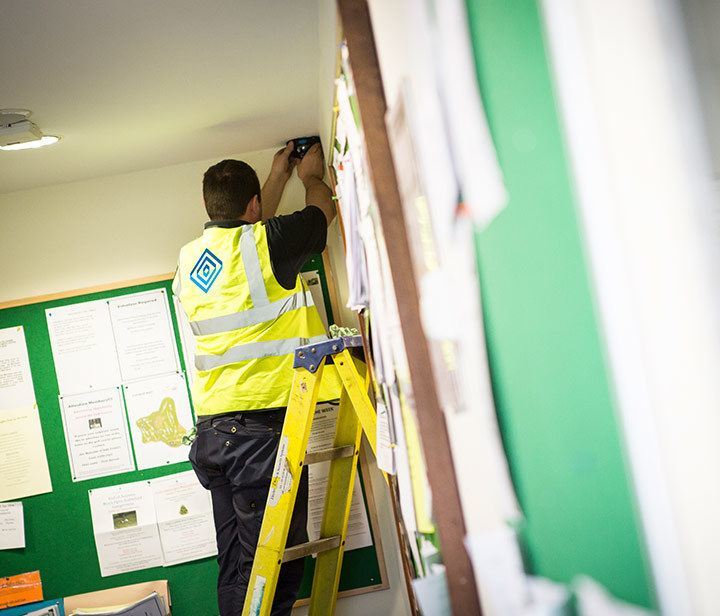
Intruder detection and alarm systems can be either “bells-only”, or monitored. Bells-only alarms rely on someone contacting you as the premises owner to let you know the alarm is sounding. The Police will only respond to a bells-only alarm if an unlawful entry has been reported by a 999 call, therefore from an insurance perspective bells-only systems are rarely acceptable for commercial premises.
Monitored alarms connect to an Alarm Receiving Centre, or “ARC”, via a telephone line, and provide a higher level of security. Monitoring is most common for intruder detection and alarm systems, but is also possible for fire alarms and CCTV systems. Diamond offer all types of monitoring and partner with an NSI Gold accredited ARC.
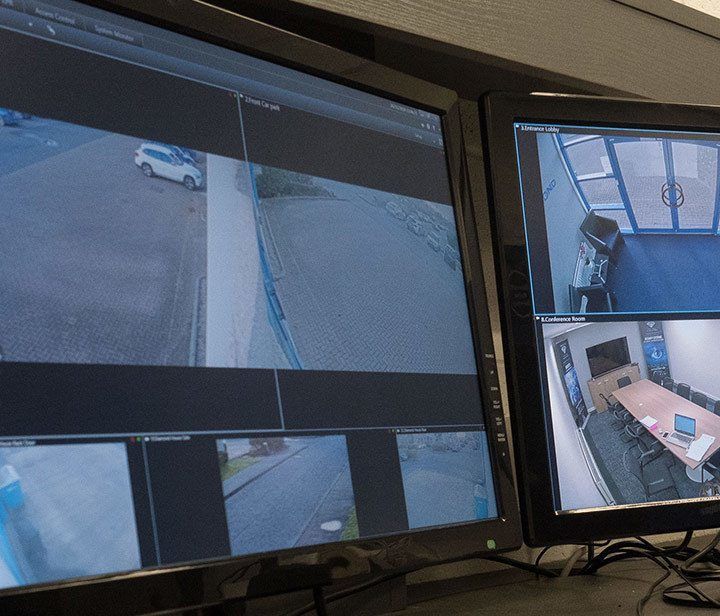
There are a range of options for alarm monitoring – in broad terms providing either keyholder response or police/fire and rescue service and keyholder response. The alarm system signals an activation alert through to the ARC who depending on the type of monitoring, either contact the nominated keyholders, or request attendance from the police/ fire and rescue service.
Nominated keyholders must live within a 20-minute journey of the premises to comply with police force policy. Police will only respond if certain system requirements are met and the alarm is “confirmed” i.e. two or more devices have been triggered. Only third party approved companies can apply to the Police for a Unique Reference Number (URN), which is required for Police Response. Diamond hold all relevant accreditations to satisfy this requirement.
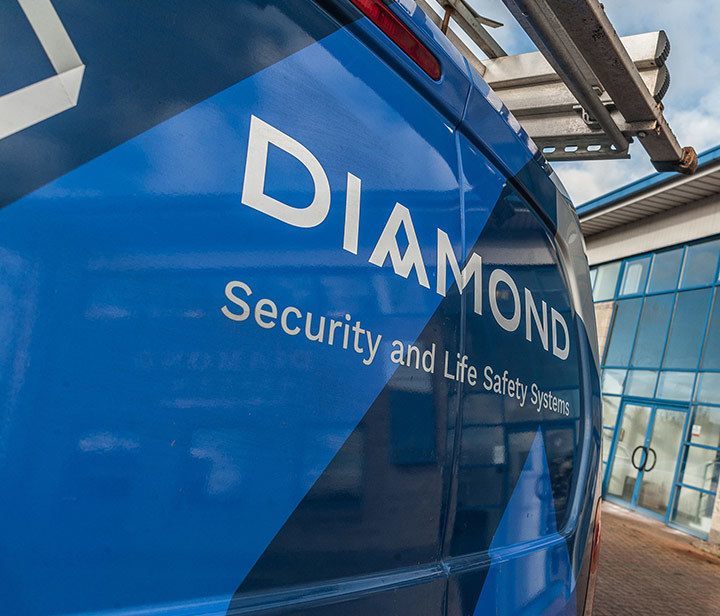
To receive a policed response for a monitored alarm, any systems installed after June 2012 must conform to PD6662:2017, and BS8243. The police will respond in the event of a confirmed signal. A confirmed signal requires two or more devices to be activated, usually indicating that someone has genuinely entered the premises. You will require a police Unique Reference Number, or “URN”, in order to be on the police response list. URNs are only issued via approved alarm companies such as NSI approved installers.
It is important to minimise unnecessary “policed” call-outs as after three false alerts in a rolling twelve-month period, you will be struck off the police response register. Response can only be re-instated when you have upgraded your system to the latest standard. This can be costly, but it can be avoided by staff training on system setting and unsetting, and regular system maintenance by “competent persons”, such as an NSI Gold company like Diamond.
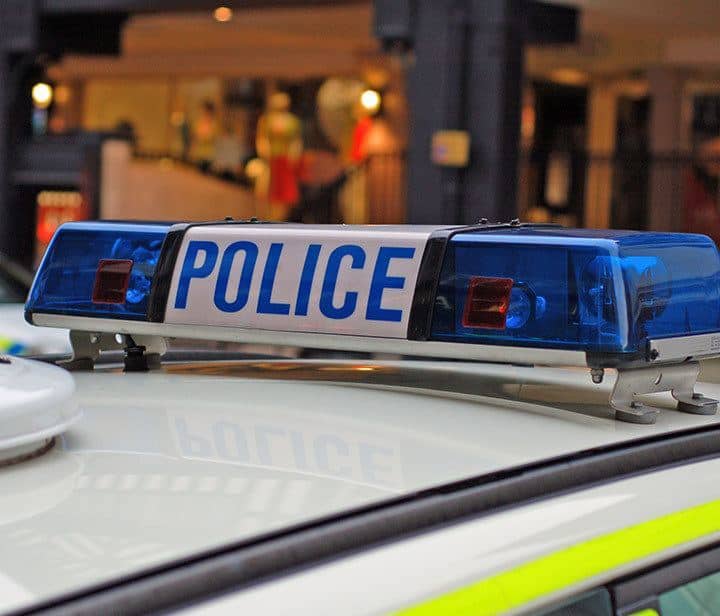
Yes – there are cost-effective signalling devices that are designed for use where there is no landline but a good GPRS signal is present. Diamond can arrange to survey your premises to establish if this is an option for you.
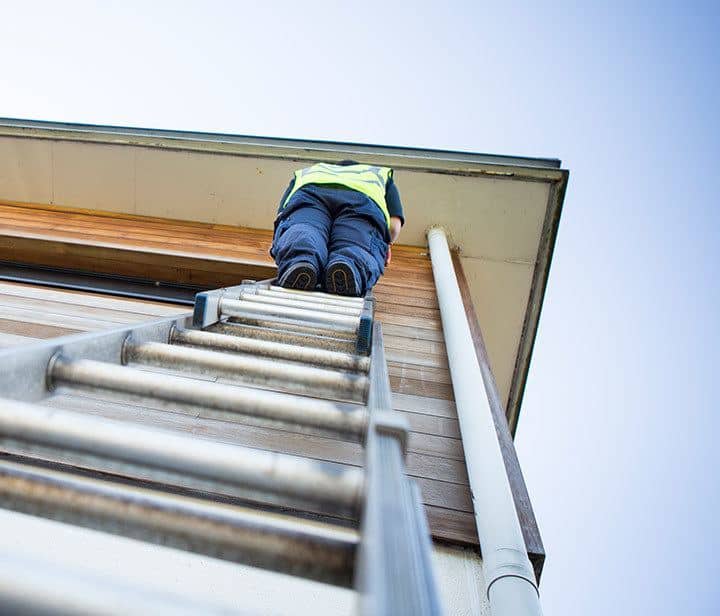
Yes, Diamond can provide maintenance to all system types, including those installed by others.
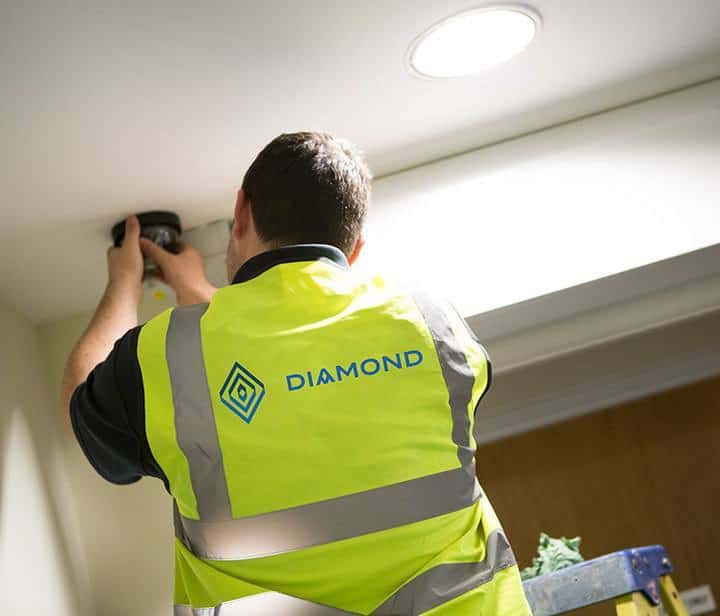
The process is simple. Our survey team will conduct a site visit to establish what systems you currently have and how they are signalling to the ARC (if applicable). We will discuss your requirements and present our opinion on the frequency and duration of each inspection. We will then provide you with a maintenance quotation, which if approved, will begin the takeover process, which is handled by our experienced customer service team.
